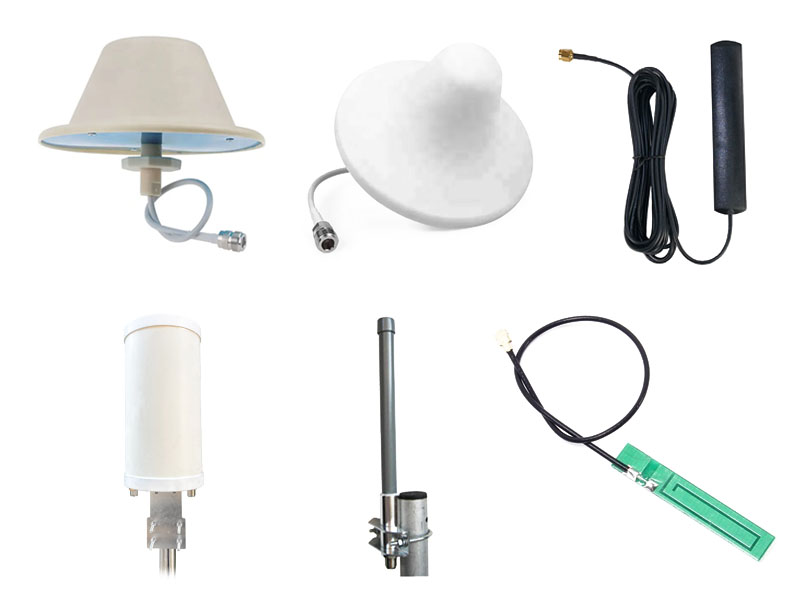-
We’re On Call 24/7 : +8613538296050
-
E-mail : anna@rohoconnector.com
We’re On Call 24/7 : +8613538296050
E-mail : anna@rohoconnector.com
In the 5G base station architecture of the coaxial connector, the passive antenna will be combined with the RRU to form a new unit-AAU. The AAU will contain some physical layer functions; and the BBU will be split into CU and DU.
Referring to the design of the current 5G experimental network AAU equipment, it is estimated that each AAU will contain two boards: one power board and one TRX board. The power board mainly integrates the power division network and the calibration network, usually one double-layer board + one four-layer board, or integrated in one six-layer board; TRX board mainly integrates power amplifier (PA) + filter + 64-channel transceivers, power management and other devices are integrated on the same board, usually 12-16 layers of composite boards.
Because the internal connection of the AAU device is mostly in the form of PCB, the number of single-site PCBs in the 5G period will be greatly improved compared with the 4G period.
High-frequency and high-speed requirements push up the price of veneers, and the value of 5GAAUPCB has increased by more than 7 times.
Full consideration of 5G antenna systems clearly sets a higher standard. The AAU RF board needs to integrate more components in a smaller size. In this case, to meet the isolation requirements, more layers of printed circuit board technology are required.

In addition, the AAU RF circuit board will be larger than the 4G period. Considering the increase of the transmit power of the 5G base station, the working frequency band is also higher. Therefore, the high-frequency performance and high-frequency performance of the 5G RF circuit board are also Pointed out higher requirements.
Therefore, from a comprehensive perspective, the number of layers increases, the specifications become larger, and the material requirements increase. The value of the 5GAAU PCB board is significantly higher than that of the 4GRRUPCB.
The domestic antenna RF side PCB market trend is estimated to reach 47.03 billion yuan, It is estimated that the value of the PCB side of the 5G single base station is about 9120 yuan, and the value of the Pcb of the 4G single base station RF side is about 1080 yuan. It can be noticed that the value of the single base station is increased by more than 7 times.
As indicated above, it is estimated that the scale of domestic 5G macro base stations will reach 5.064 million stations. Considering that the price of PCBs has been stable and slightly increased in recent years, it is assumed that the PCB price will not change, and the scale of the RF side PCB in the 5G period will reach 46.18 billion yuan.
Traditional and innovative go hand in hand, and the acquisition of power amplifier targets by state-owned assets is expected to fill the A-share gap during the 3/4G period dominated by the lateral diffusion metal oxide semiconductor (LDMOS) process.
The RF power splitter is a core component of the wireless transmitter and is used to radiate wireless signals with sufficient transmit power, Nowadays, power amplifiers for base stations are primarily based on silicon-based laterally diffused metal oxide semiconductor (LDMOS) technology.
LDMOS has limitations, and gallium nitride (GaN) has become the main technical direction of the medium and high frequency bands. In the future, the 5G commercial frequency band is mainly around 3.5GHz. The LDMOS technology has limitations in the high-frequency application field: the network bandwidth of the LDMOS power amplifier will be greatly reduced with the increase of the frequency, and the LDMOS only does not exceed the frequency range of about 3.5GHz. Internally effective, the performance of LDMOS in the 3.5 GHz band has begun to show a significant decline.
In addition, the AAU power of the 5G base station is greatly improved, and the single-sector power is increased from about 50W in the 4G period to about 200W in the 5G period. The traditional LDMOS process will be difficult to meet the performance standard.
With the continuous advancement of semiconductor material technology, gallium nitride (GaN) is becoming the main technical route of the medium and high frequency band PA. The advantages of GaN technology include energy efficiency improvement, wider bandwidth, higher power density and smaller volume, making it a The natural successor of LDMOS.